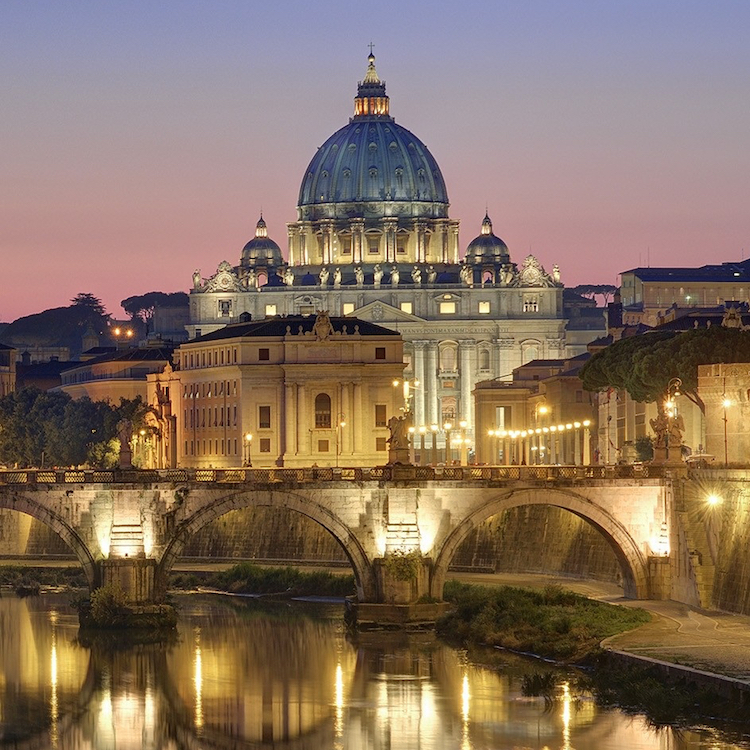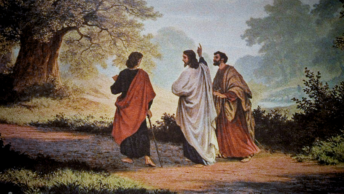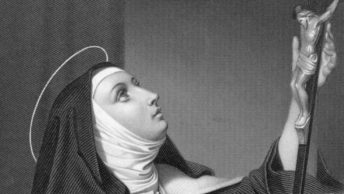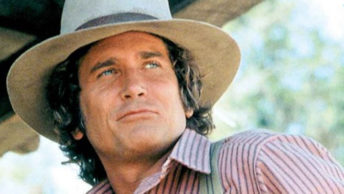Many years ago legendary basketball great, the late Easy Ed Macauley, told me the United States had become ungovernable. He strongly believed the country’s mad obsession with multi-culturalism, diversity, unrestricted immigration and partisan politics had driven a wedge into the American soul that made true national unity virtually impossible.
The prolific writings of economist, Thomas Sowell, especially his Race and Culture and The Quest for Cosmic Justice, clearly demonstrate how prescient Macauley was. Instead of helping the plight of the oppressed, the poor and the marginal, Marxist notions of diversity, multiculturalism and universal equality have only polluted the waters of American integrity and nationalized injustice.
Unfortunately, a comparable brand of ideological warfare has been brewing within the Catholic Church for at least two generations. Not long after my conversation with Ed, I experienced its extremes during a brace of dissimilar conversations representative of both spectra.
The first fellow emerged from the progressive wing of the Church. He had few qualms about supporting Democratic candidates for president, despite their consistent support for abortion on demand. To him abortion was just one of many social issues that required a modicum of compassion and concern. While he would probably never demonstrate in front of a Planned Parenthood killing center, he would gladly lead a march on behalf of a convicted murderer on death row.
My other disagreement revolved around Archbishop Charles Chaput and Vatican II. My second friend had a visceral reaction to an interview on the Internet in which the Archbishop explained how his brother priests were transfigured by the “primary grace” of Vatican II.
To friend No. 2, Vatican II was nothing more than a pastoral council and therefore could safely disappear down the Catholic memory hole. He also felt that Archbishop Chaput was little more than a Vatican II cultist. To people like him, the Ecumenical Council convened by Pope John XXIII was not just the smoke of Satan but also the fires of heresy. Others with similar views, including actor Mel Gibson’s father, Hutton, are notorious sedevacanists who believed that the seat of Peter has been empty since Pius XII.
This fiery debate between members of the same faith reminded me of a similar situation that Pope John Paul II was in before the turn of the 20th century. Two well-known clerical novelists, Fathers Andrew Greeley and Malachi Martin, unleashed a torrent of verbal abuse on the saintly pope.
Father Greeley, a doctrinaire liberal who many thought wrote dirty books, accused Pope John Paul II of inhibiting the Progressive flow of Vatican II’s liberal reform. Father Martin, a Jesuit with a serious authority problem, had written Windswept House, which featured several sinister characters, purported to have been modeled on liberal prelates in the Church. To him, Pope John Paul II had sold out the Deposit of Faith to Vatican II infidels.
I was amazed that the same pope could ignite the strong condemnation of his fellow priests from opposite aisles of the Church. This begged the question as to whether or not the Church’s glass was half full or half empty. If one answered half full, he was labeled an optimist. If one said half empty, he was a pessimist.
Both choices are subjective reactions, contingent on one’s level of thirst but say very little about objective reality. There should be another choice that is dependent on the truth as best we can perceive it. Such a realistic view might be something like the glass is at 50 percent capacity.
In the Church’s divided house, progressives are its optimists. They feel that they have the old and outdated conservatives on the run and that the modern Church belongs primarily to them. At first glance, the advent of Pope Francis has only aroused their sniff of ecclesiastical victory.
Its pessimists are church conservatives or fundamentalists, who believe that the Church as they knew it is gone forever. To them, the vessel of truth has been cracked so badly that many of its eternal teachings have been washed down the devil’s drainpipe. Both Saint John Paul II and his retired successor, Benedict XVI had tried the narrow path that pleased no one but kept the Church’s ship afloat amid the choppy waters of its post-Vatican sea.
While Pope Francis’ rhetoric sometimes tends to confuse and inadvertently mislead, he may find a more popular middle way as he grows in his job. Hopefully, this will not be out of moral compromise or surrender to the Zeitgeist but as a necessary consequence of his relentless search for the truth. In such a bifurcated world, a divided Catholic Church can only remain as part of the problem and not its solution.








